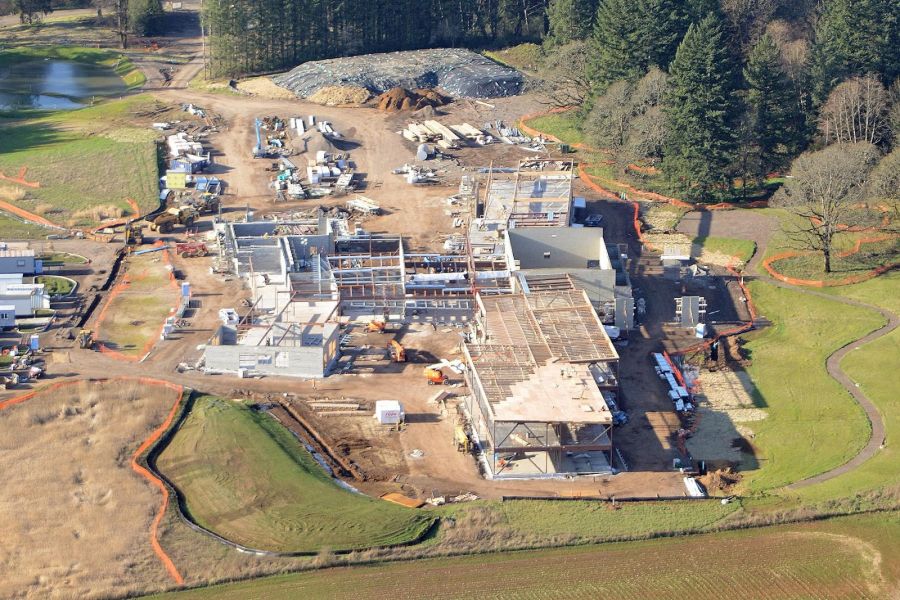A newly revised enrollment forecast for the Camas School District shows enrollment in 2017 was lower than anticipated, but still predicts capacity challenges ahead for several Camas school buildings.
“The district will continue to experience strong residential development over the next 20 years,” states CSD consultant Paul Dennis, of Cascade Planning Group, LLC, in his revised enrollment forecast, delivered to CSD School Board members earlier this month. “Accommodating growth over the next few years will present the greatest challenge until new capacity comes online.”
At a Camas School Board meeting held Jan. 8, Heidi Rosenberg, the district’s director of capital programs said lower-than-expected enrollment numbers in 2017 would give the district “some breathing room,” but that new forecasts show enrollment will be greater than building and portable capacity at the elementary level by 2025 and at the middle and high school levels by 2030. Current models also predict that individual buildings at all grade levels will have capacity problems by 2023.
“The numbers are not as onerous as the last forecast, so that’s good news,” Rosenberg said. “In 2036 we will need additional capacity … and we want to plan on not using portables.”
In the meantime, the district has a new elementary and high school coming online next school year. The new $44.6 million Lacamas Lake Elementary school, funded by a voter-approved bond in 2016 and now under construction north of Lacamas Lake off Northeast 232nd Avenue, can accommodate 600 students.


